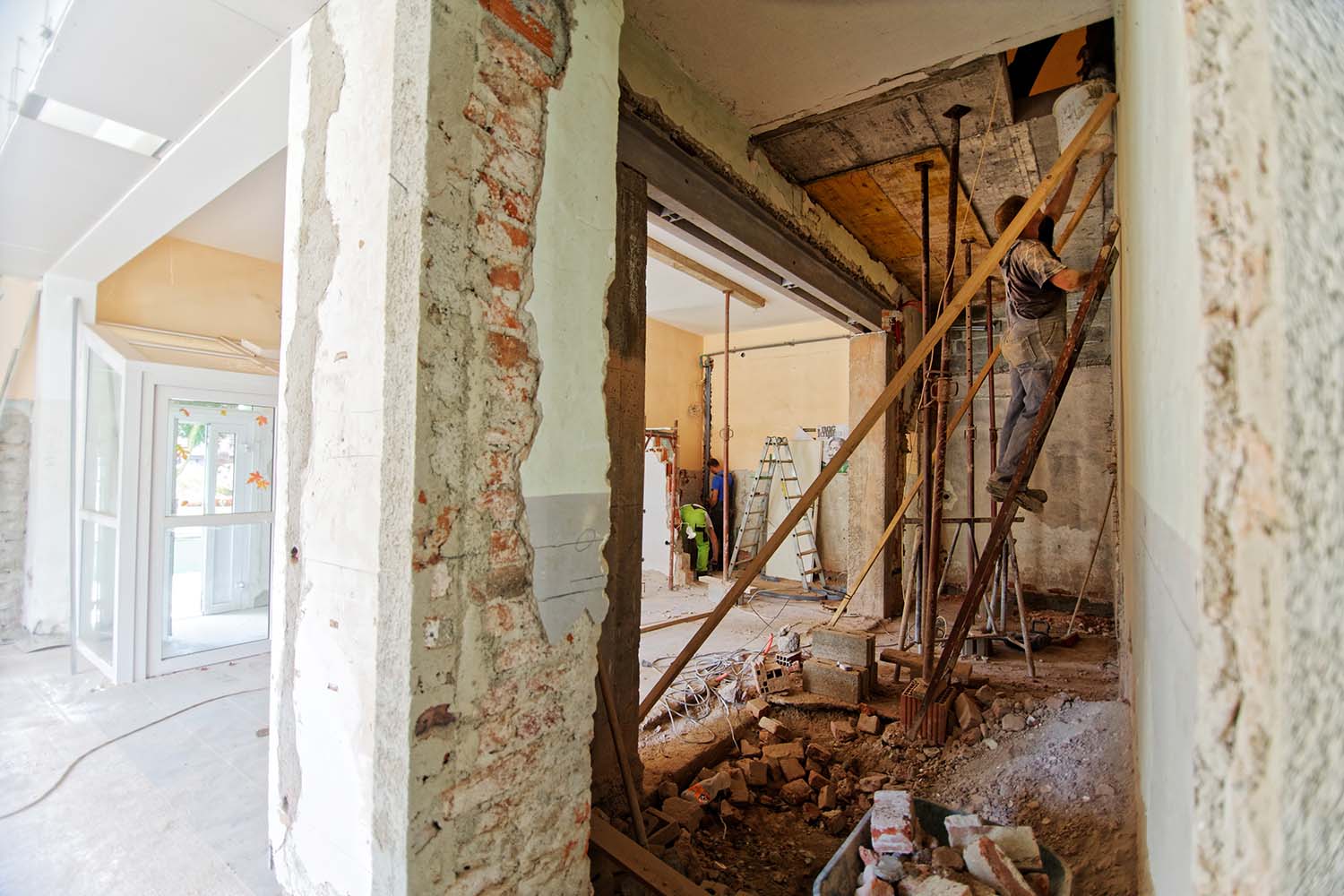Renovation Essentials: Key Equipment and Resources
Remodeling your house can be an thrilling yet daunting task. If you're refreshing a single room or undertaking a complete transformation, having the right tools and materials is crucial to realizing your vision. Home renovations demand careful planning and implementation, and understanding which items you need can create a significant difference in the overall process.
As you begin your remodeling project, it helps to have a clear list of must-have tools and materials at your fingertips. From foundational equipment like mallets and screwdrivers to premium finishes that bring your design to reality, being well-equipped will not just facilitate your efforts but also enhance the standard of your output. This manual aims to provide you with a thorough overview of the key items needed for effective home remodels, ensuring you are prepared to tackle any project that arises.
Crucial Tools for Remodeling
As you starting remodeling projects, having the appropriate equipment on hand is vital for a prosperous undertaking. A quality power drill is one of the most versatile instruments you can own. It allows you to quickly put together furniture, hang fixtures, and tackle various tasks that necessitate boring or driving screws. A wireless drill is especially handy for mobility around your job site. Invest in a set of drill bits to make sure you can handle a variety of materials.
A further essential tool is a round saw, which can perform clean and exact cuts on wood, plywood, and other materials. This tool is critical for larger renovations where cutting large sheets or beams is obligatory. By using a circular saw, you can cut down on time and achieve better accuracy than with a manual saw. Combine it with a solid workbench and clamps to enhance safety and efficiency during your works.
Lastly, verify you have a full set of hand tools, including a tape measure, spirit level, and box cutter. A tape measure is essential for accurate measurements to avoid costly blunders in your renovations. A level will help ensure surfaces are level, while a utility knife is ideal for quick cuts and refinement work. By equipping yourself with these essential tools, you'll be ready for multiple tasks that arise in building projects.

Key Components Required
Upon starting construction renovations, picking the appropriate materials is crucial for securing long-lasting results. One of the foundational materials is wood panels, which acts as a robust base for walls, ground surfaces, and roofing. These materials can withstand considerable stress, making them perfect for building applications. Additionally, employing high-quality lumber for framing is crucial, as it provides the necessary robustness and stability to the renovation project.
An additional significant category of materials comprises insulation and drywall. Adequate insulation not only adds to energy efficiency but also improves comfort within the renovated space. Choosing the suitable type of insulation, be it fiberglass, foam board, or spray foam, can considerably affect the home's temperature regulation. Drywall is likewise vital, serving as the main surface for inside walls. Opting for moisture-resistant drywall in areas like kitchens and bathrooms can help prevent mold growth and maintain a healthy living environment.
Finally, finishing materials have a significant role in shaping the aesthetic of the renovation. This consists of paint, tiles, flooring options, and cabinetry. Selection of paint should focus on durability and finish to withstand wear and tear while offering the desired look. High-quality tiles for flooring or backsplashes add both style and functionality. Selecting cabinetry that merges form and function can elevate the overall design of the space, making it concurrently beautiful and practical for everyday use.
Protective Gear and Precautions
When initiating construction renovations , safety should always be the foremost priority. Ensure that you have the right safety gear before commencing any project. Hard hats, safety goggles, gloves, and sturdy work boots are crucial for protecting against potential hazards. Additionally, using ear protection while working with noisy equipment can prevent long-term hearing damage. Make it a habit to wear this gear anytime you are on site, as the risk of accidents grows significantly without proper protective measures.
One of the key aspects of safety during renovations is keeping the work area tidy and free from clutter. This reduces the risk of trips and falls, which are prevalent injuries in construction environments. Ensure that tools are stored securely when not in use and that materials are properly stacked. Mark off hazardous areas and use barriers to prevent unauthorized entry, especially if children or pets are nearby. Maintaining a clean workspace not only ensures safety but also promotes a more efficient and productive renovation workflow.
Finally, it’s important to be aware about safety protocols and best practices related to your renovations. Familiarize yourself with local building codes and regulations to ensure compliance and reduce risks. If required, consider attending a safety training course or workshop related to construction work. By prioritizing safety and staying educated, you can protect yourself and others while successfully completing your renovation projects.